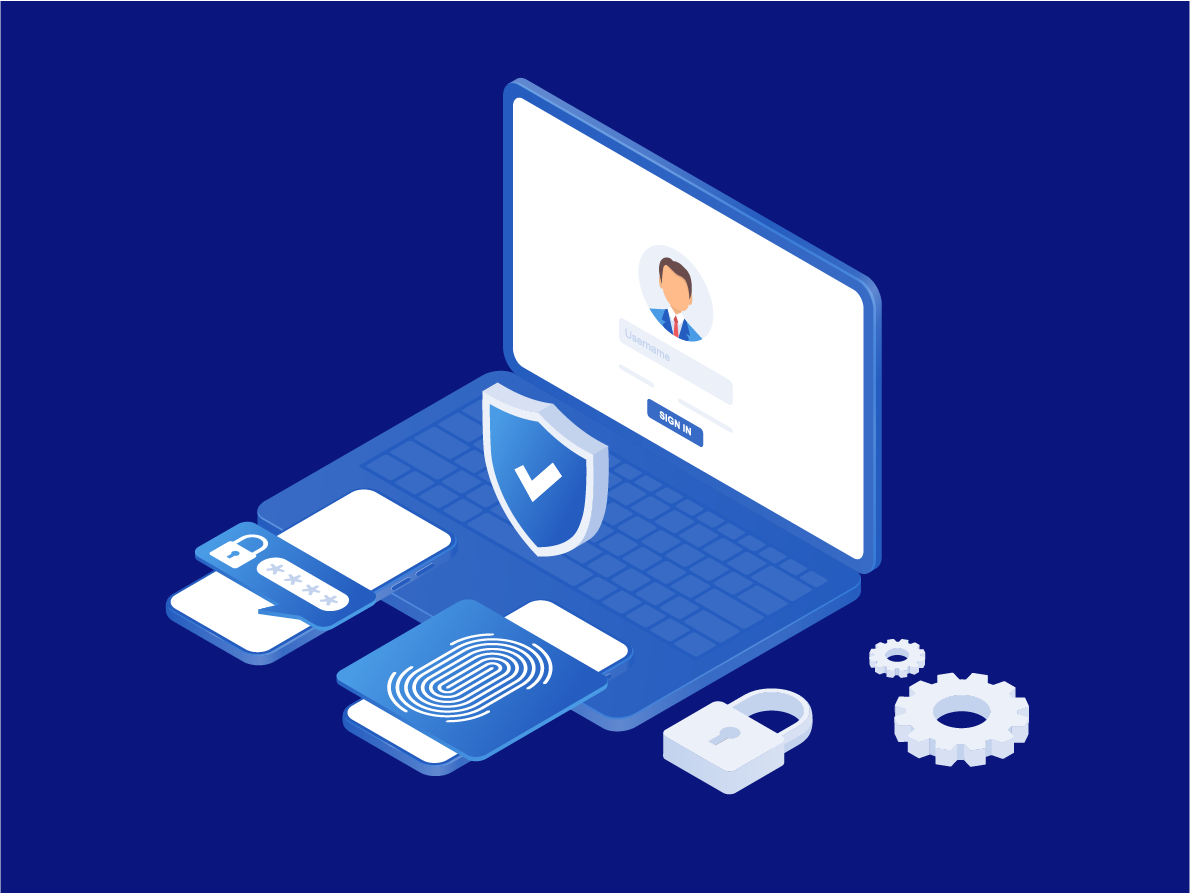
**A broken authentication flow is one of the top security risks facing any company. All too often, companies either implement ineffective solutions, or forego them altogether. This gives cyber terrorists a free pass to take advantage of weak credentials, steal access keys, and even exploit security vulnerabilities to carry out system attacks.
According to Verizon, an astonishing 80% of data breaches were due to compromised or weak passwords, and 86% of these breaches had financial motivations. Whether your company has purchased a security system, built one itself, or is in the process of evaluating different providers, attention needs to be paid to the capabilities of the solution and how effective it is to combat cyberattacks.
How to Identify an Imperfect Authentication System
A majority of cyberattacks stem from weak authentication. Compromised credentials and phishing are the most common methods used by cyber attackers to breach data. There are various methods hackers use to get a hold of a user’s credentials. A few popular data breach methods are:
- Credentials Stuffing Hackers access databases with unencrypted user credentials, and sell these lists to other bad actors who, in turn, use brute force attacks to breach various websites. This method is effective because, according to a Google Harris Poll survey, over 50% of users reuse passwords across various websites.
- Password Spraying Similar to credentials stuffing, hackers use common or weak passwords to try to illegally access a user’s account. This kind of brute force attack is effective because, according to a SplashData survey, over 23 million accounts used rudimentary passwords such as “123456”, and millions of other accounts used “password”, curse words, and other easy-to-crack passwords.
- Phishing Phishing involves bad actors sending emails to users impersonating a bank, or another trusted source. The attacker usually presents the user with a message saying there is an error in their account or there was an unauthorized payment made, and tricks the user into sharing their credentials. Phishing attacks commonly encourage users to open the email by playing on their emotions through use of personal subject lines.
How to fix an Imperfect Authentication System
Since a majority of data breaches in imperfect authentication systems are due to leaked credentials, a major solution is to strengthen password policies. The most effective way to do this is by implementing multifactor authentication.
Multifactor authentication is a user verification method that requires users to provide two or more factors, or verification methods, to confirm their identity. It takes into account three main factors:
- Something you remember This will be the single factor authentication measure most companies already have in place, i.e. a username and password
- Something you own This will be something that each individual physically has on them, i.e. their personal laptop or mobile phone.
- Something you are This is something that is unique to each individual that cannot be replicated, i.e. their biometrics.
An example of a login flow using multifactor authentication, as with LoginID’s solution, would be a user registering a unique username, and then using the biometric data saved onto their device to login to the website or platform.
Multifactor authentication is an effective way for companies to prevent the kinds of data breach methods mentioned above. By asking for an additional layer of security that is unique to a user, such as their fingerprint or face scan, a business automatically adds a strong level of additional security that is virtually impossible for bad actors to fake.
Final Thoughts
As more businesses are providing their services online and encouraging their users to transact and make payments online, the need for enhanced levels of security arises. Implementing a multifactor authentication solution, such as LoginID’s, allow businesses to secure their platforms against external attacks. LoginID’s solution aids the seamless adoption of a high-end, easy to implement security system with built-in tools and best practice recommendations so companies can hit the ground running and rest easy knowing their systems are well-protected.
About LoginID
LoginID is a comprehensive FIDO-based multifactor authentication solution that offers frictionless authentication. Created with developers and enterprises in mind, LoginID is FIDO-certified and adheres to P2D2 principles. With an implementation time of just one hour, LoginID’s multifactor authentication solution is a quick, simple to integrate, cost-effective, and regulatorily compliant tool to give your business peace of mind around security, allowing you to focus on growing your business.
Get started for free by checking out the demo here. Learn more about LoginID’s solutions here.
Enhance Your Authentication Flow for Free with LoginID

